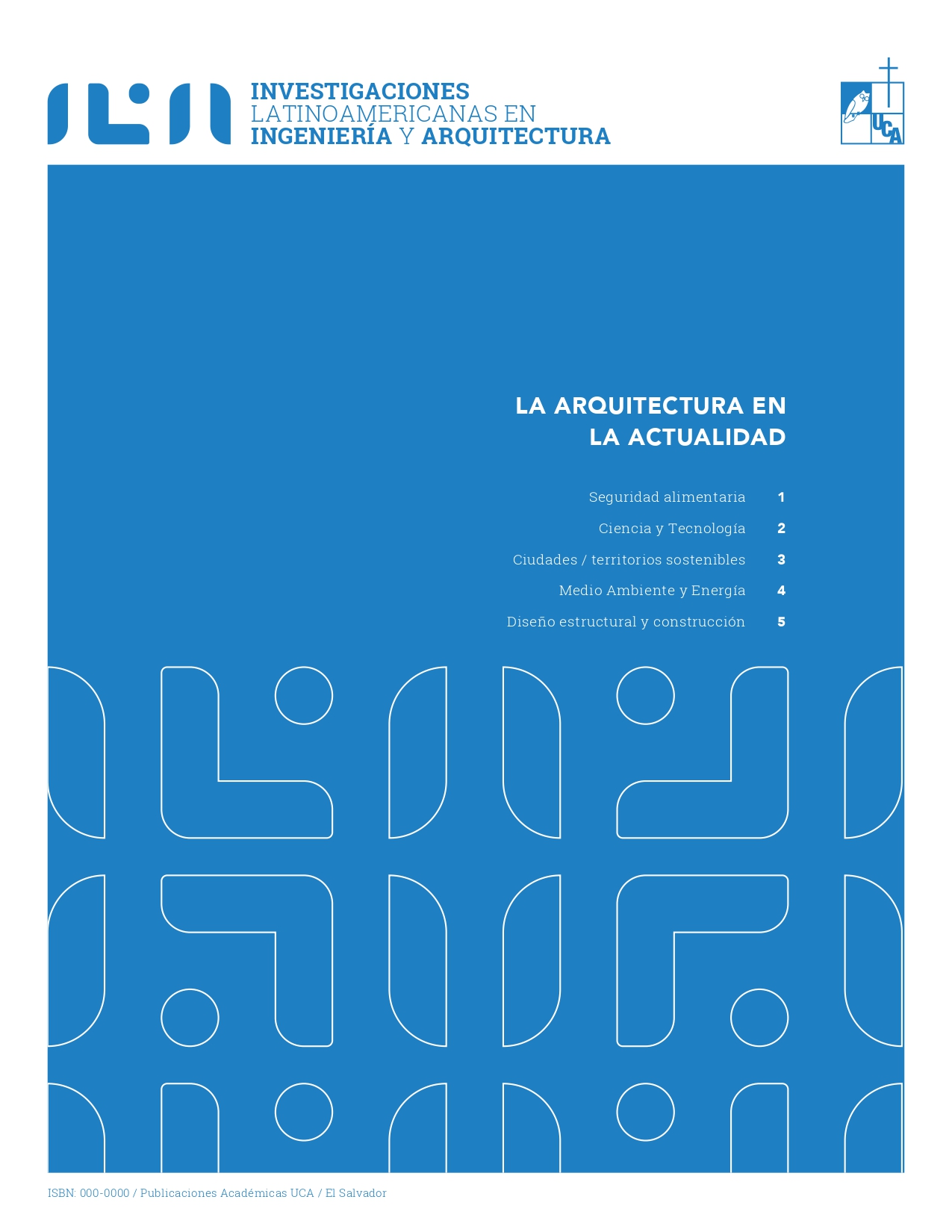Abstract
The main objective of this study is, by means of a quantitative analysis, to provide recommendations for improvement to the problems that occur in the process of making a garment, finding how to affect the factors that make the garment does not respect the shrinkage limits, causing problems with the quality standards of the customer; This, using 23 factorial design and taking the study factors of fabric composition, size of the garment, and style of the garment, we obtained the following results and style of the garment, the results of the analysis of variance and graphs were obtained, concluding that from the analysis of the p-value, for the maximum body length, the combination of the factors size and style of the garment is the most significant and under the same criteria, the average body length, the most significant factor was the fabric composition.
ILIA: Investigaciones Latinoamericanas en Ingeniería y Arquitectura, No. 01, 2024: 131-139.
References
The ORI. (Consultado: 2022). The office of reasearch integrity. Obtenido de https://ori.hhs.gov/m%C3%B3dulo-4-m%C3%A9todos-de-recaudaci%C3%B3n-de-informaci%C3%B3n-secci%C3%B3n-1.
Peiró, R. (02 de julio de 2020). Economipedia. Obtenido de Base de datos: https://economipedia.com/definiciones/base-de-datos.html.
Fernández, S. (2020) Diseño de Experimentos: Diseño Factorial. Universidad Politécnica de Cataluña Barcelona. Obtenido de: https://upcommons.upc.edu/bitstream/handle/2117/339723/TFM_Fernandez_Bao_Sheila.pdf?sequence=1.
Montgomery, D. (2004). Diseño y Análisis de Experimentos. Universidad Estatal de Arizona. Cap.5 Pág.194.
Wilson, J. (2014). Essentials of Business Research. Cap. 5 Pág. 117.
Montgomery, D. (2004). Diseño y Análisis de Experimentos. Universidad Estatal de Arizona. Cap.5 Pág.177.

This work is licensed under a Creative Commons Attribution-NonCommercial 4.0 International License.
Copyright (c) 2024 R. Cárcamo , D. Contreras, W. Echeverría, L. Orellana (Autor/a)





